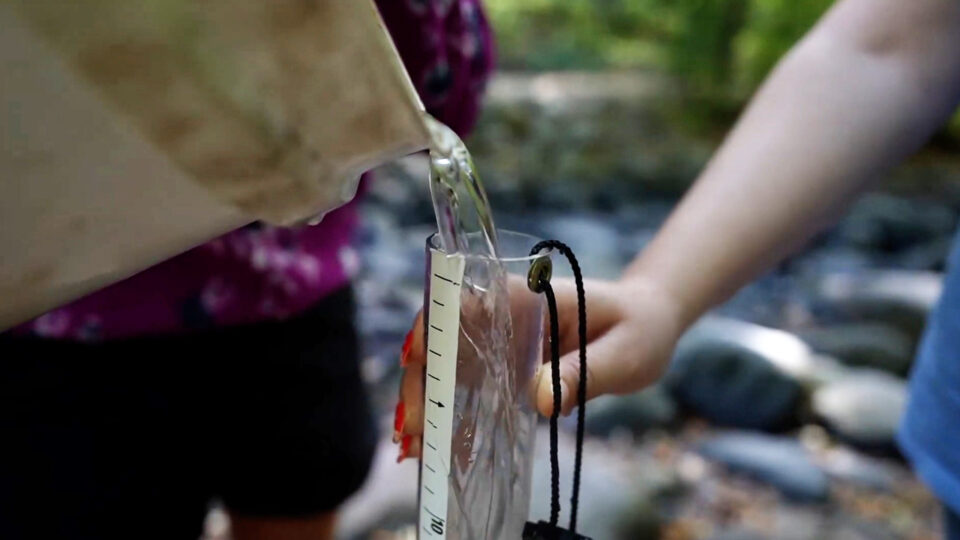Jul 1, 2019 | By: Shirelle Moore
Itasca State Park Explores Histories Of Ghost Towns With Summer Tour Series
Coming down to Itasca State Park can be like walking through a history book, and the Minnesota Department of Natural Resources is turning the pages all summer long.
“Within Itasca, if people want to discover and learn about history we have a plethora of history in the area, and so Itasca itself has the headwaters of the Mississippi River, but we have history going back to the indigenous people 10,000 years ago and then more currently, there is some evidence still of our logging history, as well as the Civilian Conservation Corps of the ’30s,” says Connie Cox, lead interpretive naturalist for Itasca State Park.
Today, a group hopped in the cars for a multi-stop tour about logging history of a Minnesota ghost town called Mallard.
“The idea was that we wanted to connect Itasca, the history of Itasca to the town site of Mallard. It would be different if we just came out here and just started talking about Mallard itself, but we wanted to keep that history aligned with the park as well,” says Michael Betsinger, a collections intern for Itasca State Park.
“It came in because of the lumber companies and the lumber camps that were being established right around this lake, and very quickly businesses such as hotels, general stores, barber shops, show repair shops, a newspaper, a doctor and yes, of course you always have your saloons in town that are associated with lumber camps, very quickly developed,” adds Cox.
There are many parts of Mallard that still live on today. Fox example, if you travel to Shevlin and visit the Clearwater County Historical Society, you’ll find old pictures and even a book dedicated to the history of Mallard.
“There might be a brick from Mallard. There might be a log from Mallard or something like that. It might be something really really insignificant when you really think about it, but in the grand scheme of things in terms of history that thing is like 100 years old or something like that, and that’s a whole lifetime,” says Betsinger.
Mallard started to die out in 1914. Now what’s left is a lot and a plague that shows the once-thriving town. Officials with Itasca State Park hope to keep the memory of historic places like Mallard alive for decades to come by sharing stories with the next generation.
“If they’re interested in coming to Itasca and discovering tours like this, they can simply go on the Minnesota DNR website, just click on Itasca State Park and we do have an events calendar where you can look, everyday of the month, you can see what’s happening at Itasca,” says Cox.
Itasca State Park’s next History tour will be this Wednesday. It starts at 10:30 and is open to all.







